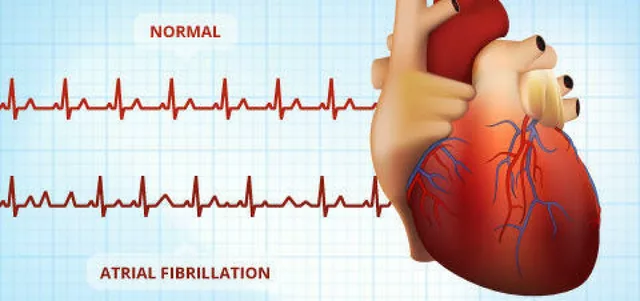Dosage Basics: What You Need to Know Before Taking Any Medicine
Ever wonder why you should never guess how much of a pill to take? The right dosage is the line between getting better and getting sick. It’s not rocket science – it’s about reading the label, knowing your body, and following simple rules.
How to Read a Dosage Label Like a Pro
The label tells you two things: how much of the drug to take each time, and how often. Look for numbers followed by units – mg (milligrams), ml (milliliters), or IU (international units). If it says "Take 1 tablet × 2 times daily," that means two tablets a day, spaced out as evenly as possible.
Don’t forget the extra info: weight‑based dosing for kids, timing with meals, and maximum daily limits. When something looks confusing, a quick call to your pharmacist can clear it up in seconds.
Adjusting Dosage Safely
Sometimes doctors change the dose based on how you feel or test results. If you’re told to increase from 10 mg to 20 mg, do it exactly as instructed – no extra half‑pill unless approved.
For over‑the‑counter meds like ibuprofen, follow age‑based charts. A teen might need 400 mg every six hours, while a child under 12 often gets 10 mg per kilogram of body weight.
If you miss a dose, don’t double up. Take the missed one as soon as you remember unless it’s almost time for the next dose – then skip and continue with your schedule.
When switching brands or forms (tablet to liquid), check the concentration. A 5 mg tablet isn’t the same as a 5 mg/ml syrup; calculate the volume needed to match the dose.
Kids, seniors, and people with kidney or liver issues need extra care. Their bodies process drugs slower, so a lower dose can be just as effective and safer.
Bottom line: always follow the exact numbers on the label or what your doctor says. If you’re unsure, ask – it’s faster than dealing with side effects later.
Flavoxate for Urinary Incontinence: Effective Non‑Surgical Treatment
Explore how flavoxate works as a non‑surgical treatment for urinary incontinence, covering dosage, effectiveness, side effects, comparisons, and practical tips.
Combimist L Inhaler: Uses, Dosage, Side Effects & Key Facts
Discover how the Combimist L Inhaler works, its uses, side effects, and insider tips for asthma and COPD patients—all explained simply and clearly.







